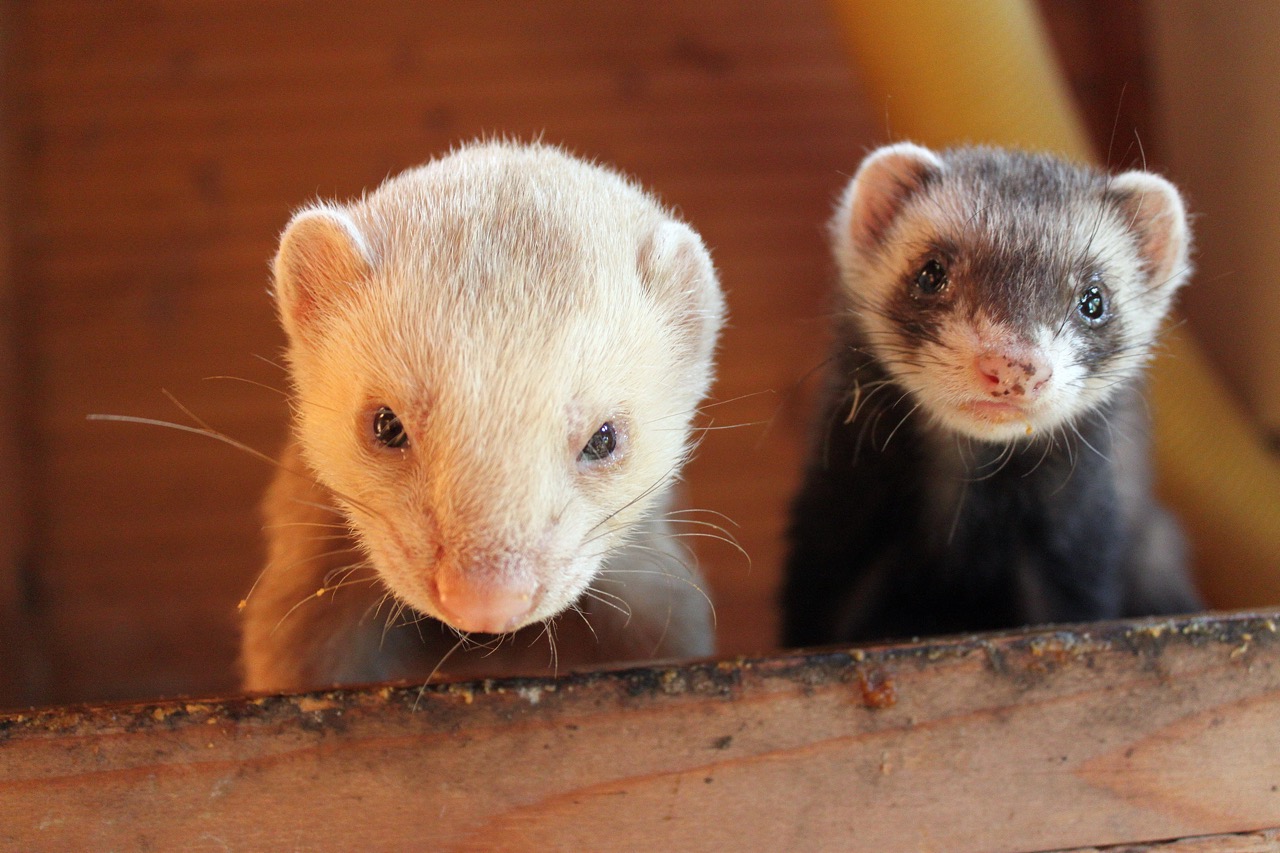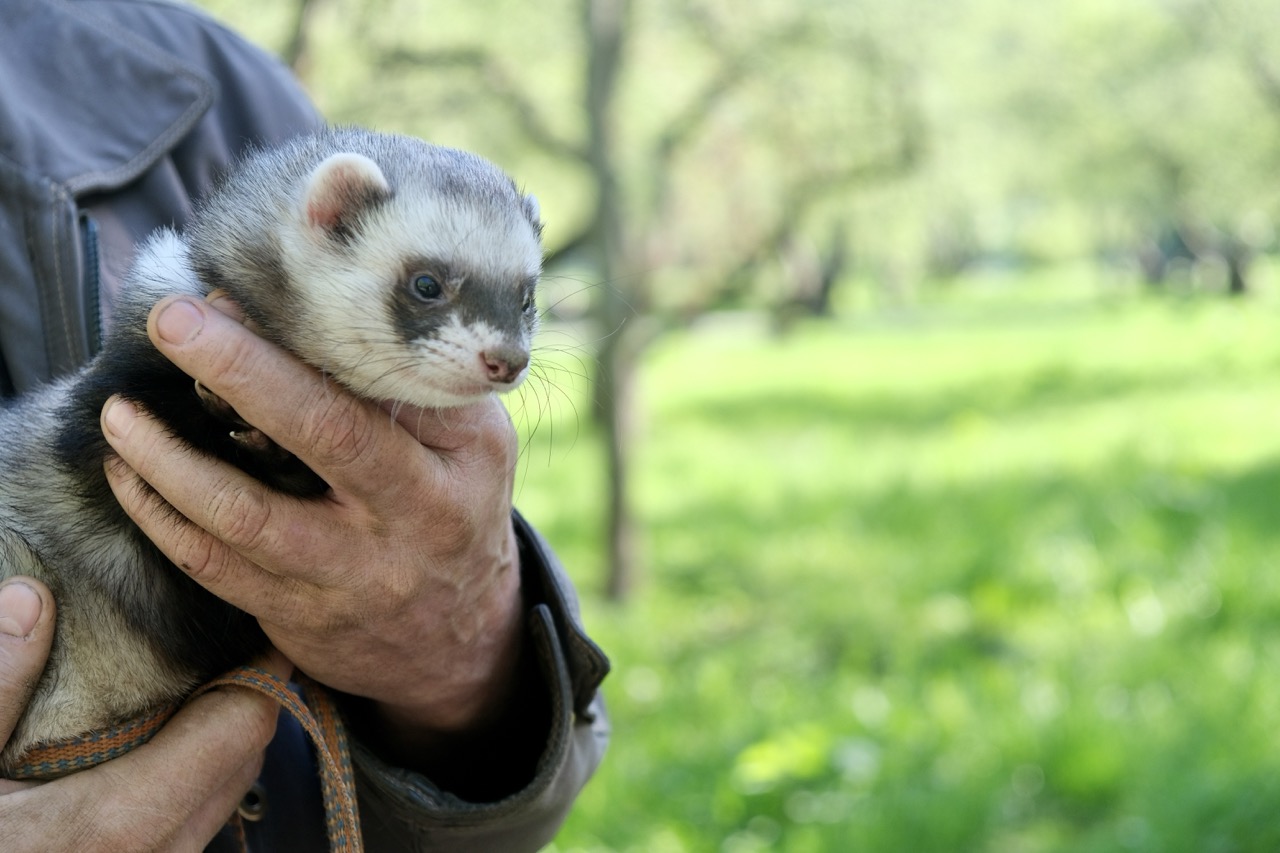Ferrets are fascinating creatures known for their playful nature and inquisitive behavior. As social animals, their interactions and community structures are profoundly influenced by their biological makeup. Understanding the biology of ferrets is essential not only for those who keep them as pets but also for researchers studying their behavior in the wild. This article delves into the intricate relationship between ferret biology, social structures, and communication, while also considering the implications for their welfare and management.
Understanding Ferret Biology: The Foundation of Social Behavior
Ferrets belong to the Mustelidae family, which includes weasels, otters, and badgers. Their unique physiological characteristics, such as a highly flexible spine and a low center of gravity, enable them to navigate complex environments with agility. This adaptability is crucial for their survival in the wild, allowing them to hunt and evade predators. Ferrets also possess a keen sense of smell, which plays a significant role in their social interactions, helping them identify members of their community and assess their environment.
Biologically, ferrets are wired for social living. They are descendants of domesticated European polecats, which have exhibited social behaviors for centuries. This lineage has fostered a propensity for forming tight-knit social groups known as business, where cooperative behaviors are essential for survival. Within these groups, ferrets establish hierarchies, which are influenced by factors such as gender, age, and personality. Understanding these biological underpinnings is crucial to appreciating how ferrets engage with each other and their environment.
Furthermore, the reproductive biology of ferrets plays a significant role in their social structure. Female ferrets, or jills, undergo a seasonal estrus cycle, and their social interactions become particularly pronounced during breeding season. Males, or hobs, compete for access to females, leading to hierarchical dynamics that can shift based on the breeding cycle. This seasonal behavior underlines the importance of biology in shaping both individual and group interactions among ferrets.
The Role of Social Structures in Ferret Communities
Within ferret communities, social structures are crucial for the organization and function of the group. Ferrets typically live in groups that can range from a few individuals to several dozen, depending on environmental factors and available resources. The formation of these groups often provides safety in numbers, enabling ferrets to fend off predators and to share hunting responsibilities. Such cooperative behavior fosters a sense of community, allowing ferrets to thrive in their natural habitats.
Hierarchies within ferret groups are often established through a combination of aggression and social bonding. Dominance can be influenced by size, age, and personality, with more assertive individuals often taking on leadership roles. These social hierarchies can lead to complex interactions, including displays of submission, play, and grooming, which further strengthen social bonds. Understanding these dynamics is essential for those who wish to keep ferrets as pets, as providing an environment that mimics their natural social structures can greatly enhance their well-being.
Social structures also play a role in conflict resolution among ferrets. When disputes arise, ferrets often employ various behavioral strategies, such as vocalizations and body language, to communicate their intentions and feelings. These interactions serve not only to reinforce social bonds but also to maintain group cohesion. Recognizing the importance of social structure in ferret communities can help caregivers and researchers develop better strategies for managing ferret welfare.
How Communication Influences Ferret Social Interactions
Communication among ferrets is a complex interplay of vocalizations, body language, and scent marking. Different vocalizations, such as chirps, growls, and hisses, convey various messages ranging from excitement to warning signals. For example, a soft chirp may indicate contentment or curiosity, while a growl can signify aggression or territoriality. Understanding these vocal cues is essential for interpreting the mood and intentions of ferrets, particularly in social settings.
Body language also plays a crucial role in ferret communication. Postures, movements, and facial expressions can indicate aggression, submission, or playfulness. For instance, a ferret that rolls onto its back is likely signaling submission or an invitation to play. Caregivers who recognize these non-verbal cues can foster a more harmonious environment, reducing stress and promoting positive interactions among ferrets.
Scent marking is another vital aspect of ferret communication, as it provides information about territory and reproductive status. Ferrets use scent glands located in various parts of their bodies to mark their environment, leaving behind chemical signals that convey information to other ferrets. This method of communication reinforces social bonds and establishes hierarchies, making it an integral part of ferret social interactions. Understanding these communication methods is essential for ensuring that ferrets are able to express themselves fully within their social groups.
Implications of Biology on Ferret Welfare and Management
The biological and social needs of ferrets have significant implications for their welfare and management. Recognizing that ferrets are social animals with complex communication needs is essential for creating environments that promote their physical and mental well-being. Pet owners and caretakers should strive to provide opportunities for social interaction, whether through companionship with other ferrets or by engaging them in play and enrichment activities.
Moreover, understanding the biological rhythms of ferrets, such as their breeding cycles and social hierarchies, can inform appropriate management strategies. For instance, neutering male ferrets can prevent unwanted breeding and reduce aggressive behaviors, while providing ample space and enrichment can help maintain harmony within a social group. Tailoring care based on the specific needs of ferrets can lead to healthier, happier animals.
Lastly, awareness of ferret biology can enhance educational outreach efforts, helping potential owners understand the commitment required to provide proper care. Knowledge about ferret social structures and communication can foster responsible ownership practices, ultimately leading to better outcomes for ferrets in domestic settings. By aligning management techniques with the biological and social needs of ferrets, we can improve their quality of life and promote a deeper understanding of these remarkable animals.
In summary, the intricate relationship between ferret biology and their social behavior offers valuable insights into how these animals interact within their communities. By understanding the biological foundations of their social structures, communication methods, and welfare needs, we can better appreciate the complexities of ferret life. This knowledge is essential for pet owners, researchers, and animal welfare advocates alike, ensuring that ferrets receive the care and understanding they deserve. As we continue to learn about these captivating creatures, we can enhance their well-being and promote harmonious relationships between humans and ferrets.










